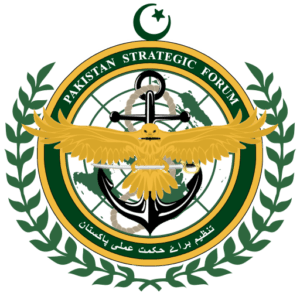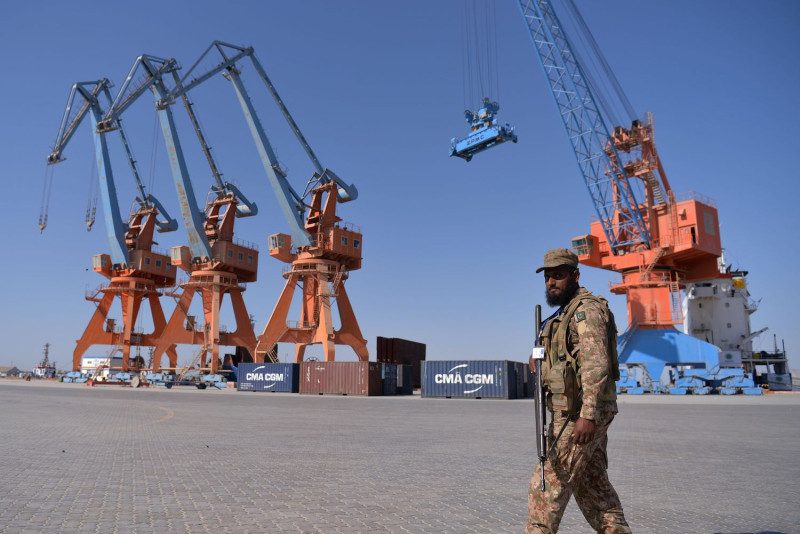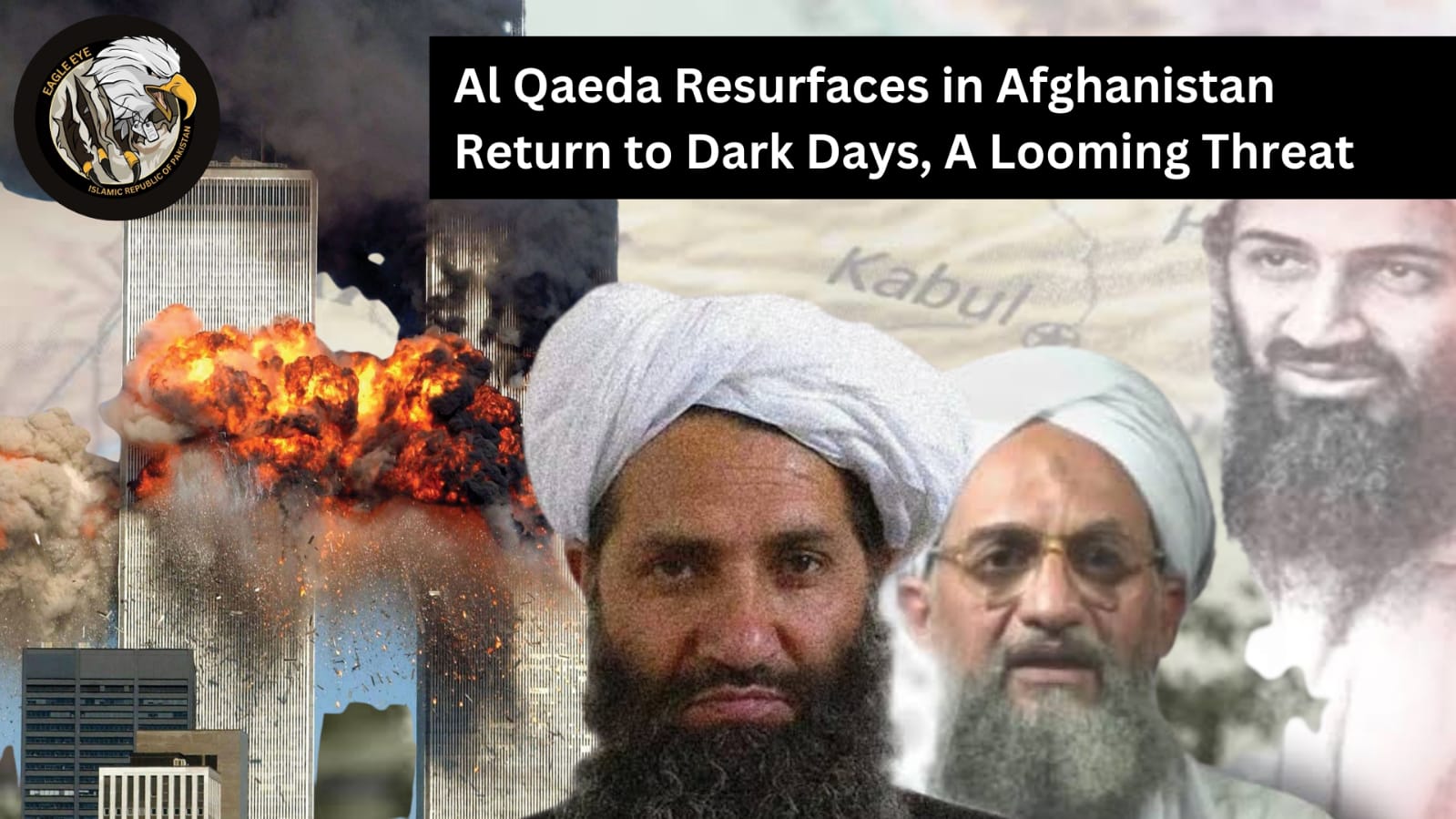Ever since the China Pakistan Economic Corridor (CPEC) project was launched, it has been ruffling feathers of some regional players as well as some world powers. Understandably so, CPEC has elevated Pakistan-China collaboration to the next level. Besides bringing Chinese investments to the tune of worth $62 billion, CPEC has upgraded Pakistan’s logistics infrastructure and thereby providing innumerable benefits to the common man of Pakistan through its’ forward and backward linkages. With the investors from western world deserting Pakistan, citing exaggerated security concerns, and playing in the hands of our hostile neighbor in the East, CPEC has been shot in the arm and a boon for Pakistan.
CPEC has been a win-win partnership for Pakistan and China. It helps China by providing an alternate route for oil imports and thus mitigating the ‘Malacca Dilemma’ and help them stand against any actions by US. Besides this, the increased connectivity established by CPEC would bring down cost of transport and travel time significantly and thereby bolstering economic growth and development in provinces of China especially those on the western side including Xinjiang. Similarly, CPEC is going to be a huge step forward in addressing the grievances of our brothers in Balochistan who wrongly harbor feelings of exploitation by the State. This will ultimately help Pakistan in countering the separatist BLA movement. Besides, the other areas where the CPEC project will benefit Pakistan include controlling the energy crisis faced by the State, preserving Pakistan’s foreign reserves that are majorly spent on oil payments, developing weak infrastructure in far flung areas, improving GDP that caters to the needs of significantly high young population. Last, but not the least, the strategic partnership between China and Pakistan will greatly help us in countering a hostile neighbor like India and to a greater extent, tackle the American hegemony.
Pakistan’s pairing with its iron brother China in CPEC’s Belt and Road Initiative (BRI) and the prospects of both countries emerging stronger and more stable regional and economic players obviously doesn’t go well with mutual rival India and the big daddy USA. While India objects to the BRI passing through Azad Kashmir and Gilgit Baltistan on false claims that the territories belong to it, the US perceives it as a direct threat to its supremacy in the region. Interestingly, after Trump came to power, the US began distancing itself from Pakistan only to promote India as a closer ally. This was done with a view to counter and play down the Chinese influence in South Asia. The White House pulled back the $2 billion military aid to Pakistan and continued to propel its newfound romance with India.
The unease felt by the US and India due to the CPEC project goes to the extent that they continue to not just support but also enflame discord in Balochistan, the heart of CPEC. Using one of its tried and tested modus operandi, the US enlisted TTP Jamat ul Ahrar, a splinter group of the TTP, on its terror list. As expected, the group intensified its attacks in Balochistan after this move by the US resulting in a grave threat to peace and stability in the area and thus, disrupting the pace of CPEC project. It was an evident case of planned actions taken by the India-America nexus to dent CPEC and BRI. It is a well-documented fact that the RAW has been closely involved in the orchestrated attacks by the BLA against Pakistan’s interests. The 2018 attack on the Chinese Consulate in Karachi was planned by the BLA in Afghanistan and executed by the RAW from India. On many instances, the ISI has exposed nefarious designs of active support and funding from the RAW as well as the Afghan NDS (under the erstwhile President Ashraf Ghani) behind attacks on Chinese engineers with the sole objective of derailing the CPEC project.
While India makes noise on the alleged human rights violations by Pakistan in Balochistan, it is conveniently deaf, dumb, and blind on the numerous atrocities it has been afflicting on the Kashmiris in the Indian occupied Jammu and Kashmir. India despicably aims to sandwich Pakistan between itself and Afghanistan, which may not be possible now due to the resurgence of Taliban. Taliban wouldn’t allow their territory to be used for activities against Pakistan. India has not shied away from using the Iranian territory to operate against Pakistan as was done in the case of Kulbhushan Jadhav. The arrest of RAW spy Kulbhushan Jadhav and his subsequent confessions in front of Pakistani officials reveal that he had been functioning from the Chabahar, a port city of Iran to oversee anti-Pak operations in Balochistan. All this is being done, with only one major motive, disrupt CPEC and scare away the Chinese so that India’s regional domination continues.
Nevertheless, however shrewd, and malicious the enemies may be, Pakistan Army’s brilliant handling and undying efforts in Balochistan and the tribal areas have immensely helped the State in damage control. Pak Army’s anti-terror operations like ‘Zarb-e-Azb’ have been successful in significantly bringing down incidents of terror attacks leading to not just increase in investment and tourism but more importantly keeping the CPEC and BRI on track. But the threat is still there Pakistan is working on different plans to deal with the threat posed by BLA & TTP. If threat is contained than with a formidable and committed young work force as well as abundant natural resources at hand, Pakistan can emerge as strong economic power in the region connecting the region through vast network of roads and ports.
Author: Tanaz Ansari
About Author: Tanaz Ansari is an alumnus of the prestigious Lahore College for Women University, Lahore. After acquiring a bachelor’s degree in English literature, she pursued her MBA degree from the same college. She has successfully completed certificate course in Competitive Strategy in Munich, Germany.
Tanaz Ansari’s Twitter: @AnsariTanazz






